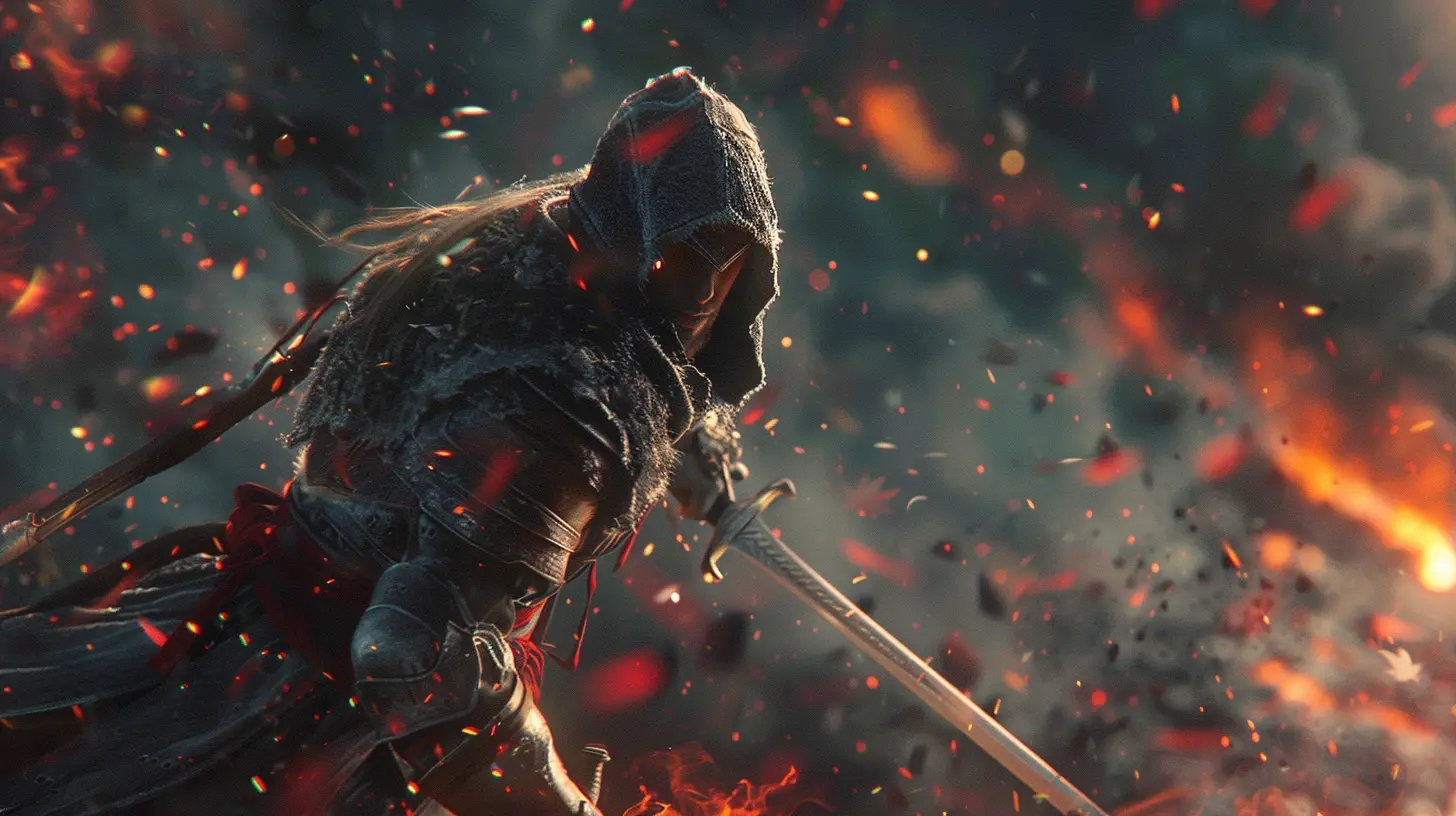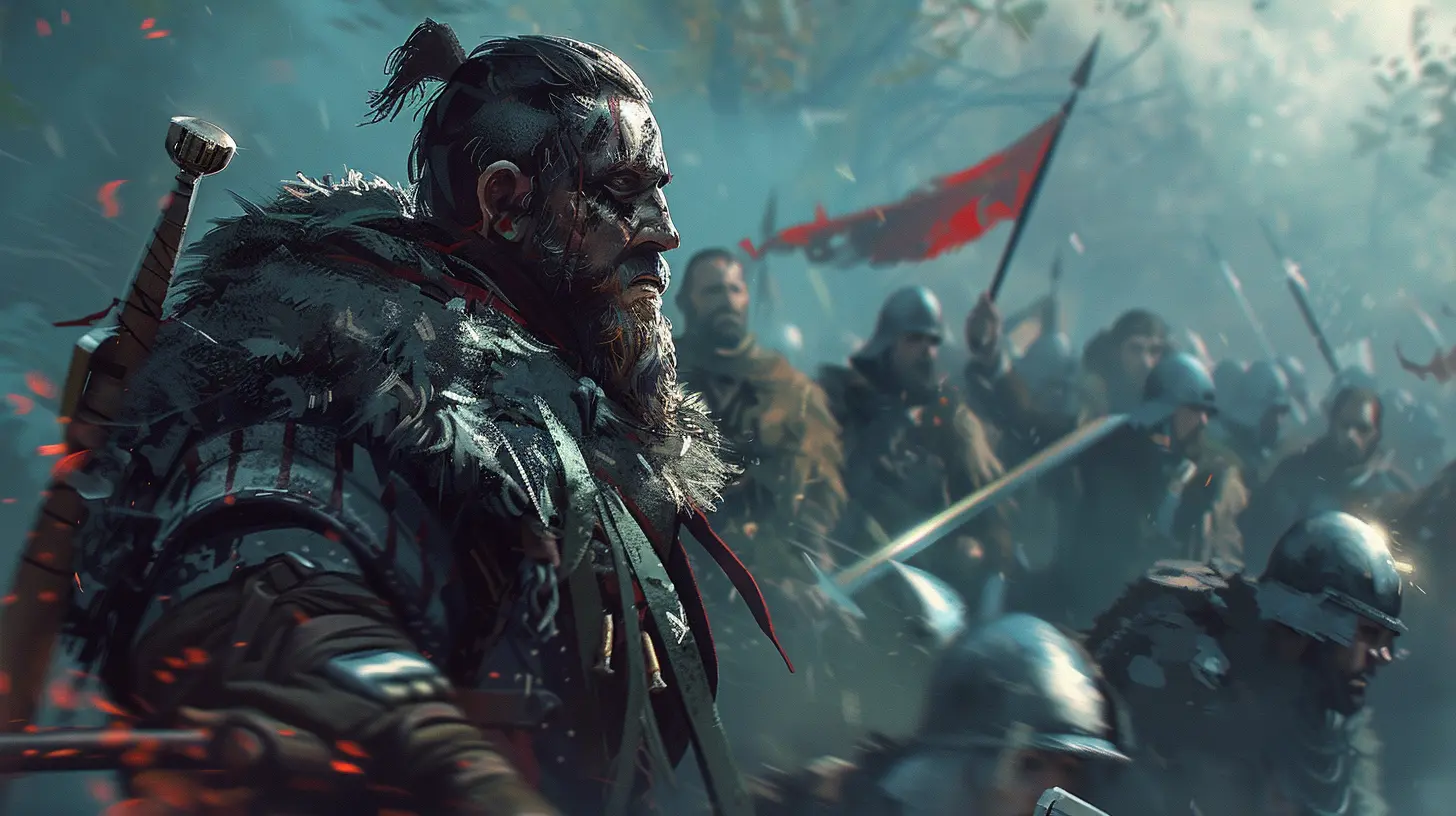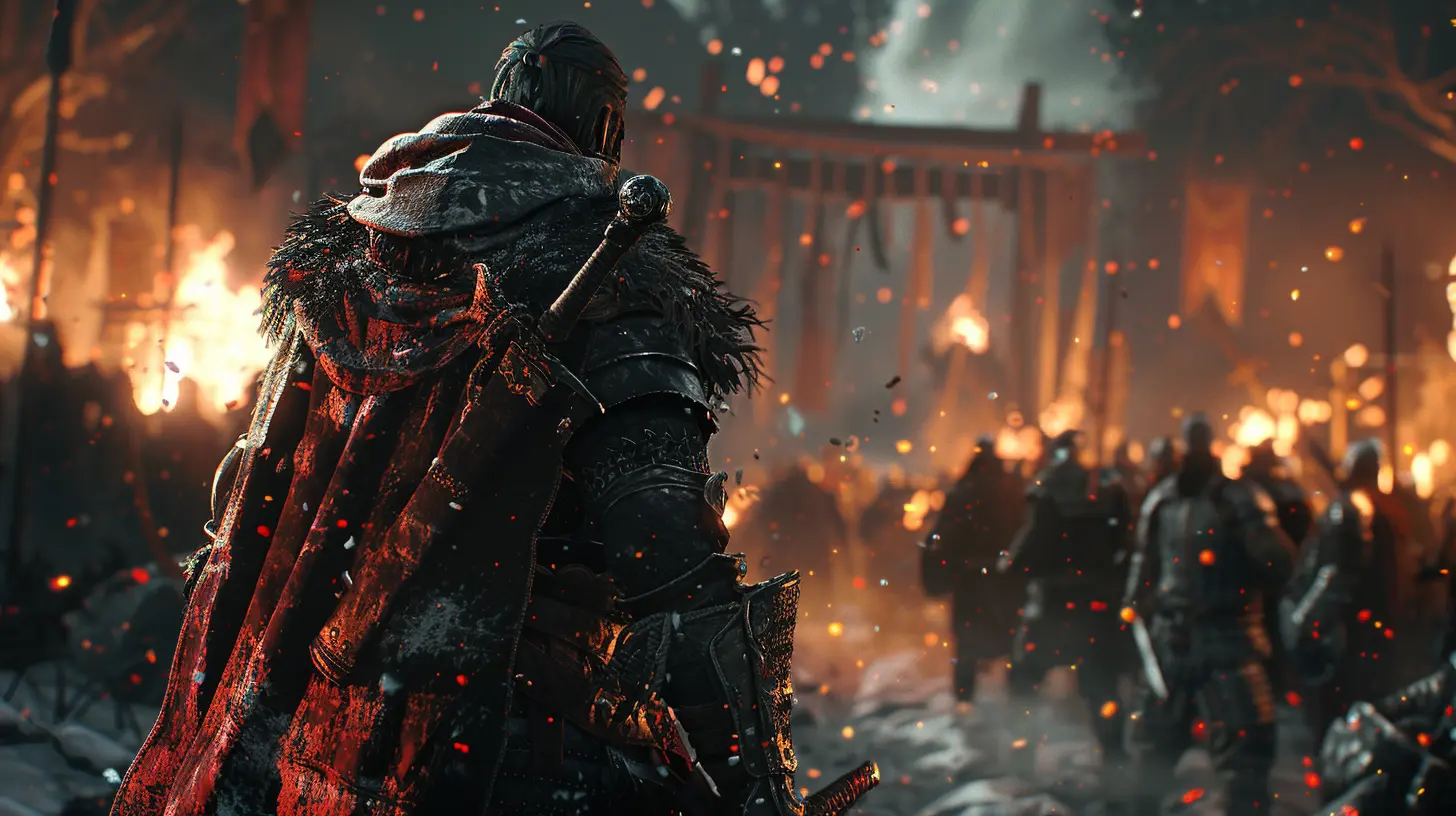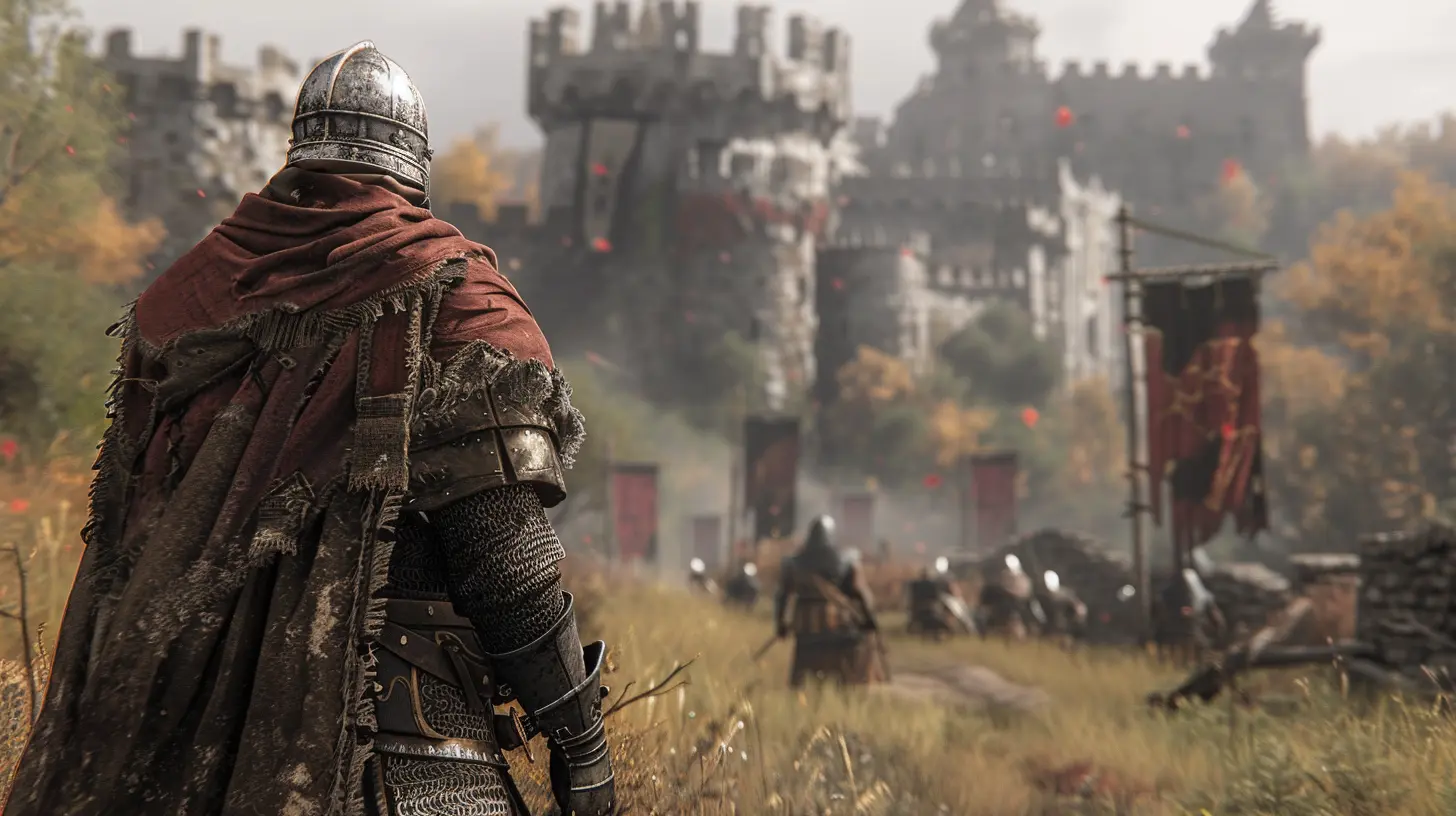How to Increase Immersion Through Combat Animations in Action Games
21 August 2025
When was the last time you played an action game that completely pulled you in, where every slash of a sword, every punch, and every dodge felt real? Chances are, those games nailed one key component: combat animations. These seemingly small details can take a game from "meh" to unforgettable. If you're a game developer—or just someone who geeks out about what makes a game shine—you already know combat animations aren't just eye candy. They're the secret sauce for immersion.
So, how can game developers use combat animations to create a deeper connection between players and their virtual worlds? Grab your controller (or your notepad); we’re diving into how to boost immersion through masterfully designed combat animations.
Why Combat Animations Matter for Immersion
Before we get into the nitty-gritty of how to create better animations, let’s answer the big question: why does this even matter? Combat animations are like choreography in a movie. Imagine watching your favorite action film, where the punches don't connect or the explosions look fake. Your brain checks out, and suddenly, you're not invested anymore. The same thing happens with video games. If the animations feel awkward, clunky, or repetitive, immersion breaks. And once that happens, your game's magic is gone.When done right, combat animations help players feel like they’re truly part of the action. Every fluid attack, precise parry, and dynamic dodge bridges the gap between the player and the on-screen character. It’s like motion capture technology performing its own kind of wizardry. But for developers, the challenge is figuring out how to create this magic.
The Ingredients of Immersive Combat Animations
Crafting animations that grab players by the collar and pull them into the action isn’t easy. It takes a lot of thought, testing, and even a bit of trial-and-error. Let’s break down the essential elements.1. Weight and Impact: Make Every Hit Count
Ever played a game where the combat animations felt... hollow? It’s like punching air—and trust me, that's not what players want. To increase immersion, animations need to convey weight and impact. When a heavy ax strikes an enemy, it shouldn’t feel the same as a dagger swipe.How do you achieve this? By tweaking things like:
- Slow motion effects: A brief slowdown at the moment of impact emphasizes just how powerful the strike is.
- Hit reactions: Enemies should stagger, fall, or scream in pain when hit.
- Sound design: A satisfying “thud” or “clash” can make even a light attack feel significant.
Think about games like Dark Souls and Sekiro: Shadows Die Twice. Every blow feels deliberate, calculated—even punishing. This is because their animations capture weight perfectly.
2. Fluidity: Animation Transitions That Feel Natural
You know that awkward moment when a character’s sword swing ends, and they just snap back into an idle stance? Yeah, nobody likes that. Smooth transitions between animations are crucial for immersion.Consider using techniques like:
- Blended animations: This ensures actions like transitioning from a dodge to an attack look seamless.
- Adaptive animations: Characters should adjust their movements based on positioning and the environment. For example, if you’re at the edge of a cliff, your sword swing might change slightly so it doesn’t look like you’re about to fall off.
- Cancel mechanics: Give players the ability to interrupt animations with new inputs, making combat feel more dynamic.
Fluidity is one of the reasons games like Devil May Cry and Nier: Automata are so universally praised. You can weave attacks together like a symphony because the animations flow like water.
3. Player Feedback: The Art of Communicating Through Visuals
Let’s get one thing straight: combat animations aren’t just about looking good. They’re a form of communication. Players rely on subtle (and not-so-subtle) visual cues to figure out what’s happening in a fight.Here’s what to focus on:
- Telegraphed enemy movements: Make sure enemies have clear "tells" before attacking. This gives players time to react and adds tension to combat.
- Visual effects (VFX): Whether it’s sparks flying during a sword clash or a glowing edge on a charged attack, VFX can add layers to the animation.
- Hit indicators: A burst of blood, a flash of light, or a small camera shake all let the player know their attack landed.
A great example of player feedback is in Hollow Knight. Enemy movements are designed to signal exactly when players should dodge or counterattack, making the combat feel fair and satisfying.
4. Character Personality in Movement
Combat animations shouldn’t be one-size-fits-all. They should reflect the personality of the character. A nimble rogue won’t fight the same way as a brutish barbarian, right? Pay attention to the small things:- Unique animations for each character class or weapon type: A dual-wielding swordsman should have different stances and movement patterns compared to a two-handed ax user.
- Emotion in animations: When characters are low on health, their attacks might look more desperate and less controlled.
- Idle animations: Even when standing still, a character should feel "alive." Maybe they adjust their grip on the weapon or shift their weight from one foot to the other.
One standout example is Kratos in God of War (2018). His slow, deliberate movements reflect his power and experience. Meanwhile, Atreus, his son, has quicker, more frantic animations that show his youth and inexperience.
5. Environmental Interactions: Combat That Belongs in the World
One surefire way to break immersion? Making the combat feel disconnected from the world around it. Engaging animations interact with the environment in meaningful ways. Think about adding:- Destructible objects: Smashable crates, breakable walls, or even trees that fall when struck.
- Dynamic surfaces: Combat in water, mud, or snow should feel different than on solid ground. Animations should reflect these changes—like slower, heavier movements when wading through water.
- Terrain-based attacks: If a character is standing on a slope, they may stumble slightly during combat, or an attack from above might have extra momentum.
Once you start designing animations this way, the combat no longer feels isolated—it becomes a natural part of the game’s world.
6. Camera Angles: Framing the Action
Combat animations don’t exist in a vacuum; the way they’re framed on-screen can make or break their impact. A well-placed camera can make players feel like they’re right in the middle of the action.Some tips for immersive framing:
- Dynamic camera movement: Zoom in slightly during heavy attacks or critical hits. Conversely, pull the camera back when surrounded by enemies to give players a better view.
- Cinematic finishing moves: Add a bit of flair with slow-motion or close-up shots for special attacks.
- Avoiding "camera shake overload": A little shake is great for impact, but too much can distract or even disorient players.
Games like Batman: Arkham Knight excel in this area. The camera pivots and zooms just enough to make every punch and takedown feel cinematic without pulling you out of the gameplay.
The Role of Technology in Modern Combat Animations
With advancements in motion capture and animation software, the possibilities for creating immersive combat sequences are almost limitless. Game engines like Unreal Engine and Unity now provide tools to create lifelike animations more efficiently.- Motion capture (MoCap): Whether it’s a stuntman performing backflips or a martial artist swinging a blade, MoCap adds authenticity you just can’t fake.
- AI-driven animation systems: These can adapt animations in real-time, making characters feel even more responsive to player inputs.
- Physics-based animation: Combined with traditional keyframe animation, physics systems add an extra layer of realism. For example, a character might stumble slightly if they swing a heavy weapon too aggressively.
But remember: just because you can use all this tech doesn’t mean you should. The best combat animations aren’t necessarily the most complex—they’re the ones that serve the gameplay and enhance immersion.
Final Thoughts: Bringing It All Together
At the end of the day, immersive combat animations aren’t about showing off flashy moves (though that’s always a bonus). They’re about creating a seamless connection between the player, the character, and the game world. They let players lose themselves in the moment, even if they’re just mashing buttons on their controller. So whether you're designing the next big AAA title or a small indie gem, don’t sleep on the power of a great animation.Because when players say “I couldn’t put the controller down,” it’s not just about story or graphics—it's about how the game feels. And combat animations? They’re the heartbeat of that feeling.
all images in this post were generated using AI tools
Category:
Action GamesAuthor:

Pascal Jennings
Discussion
rate this article
1 comments
Indigo Peterson
This article insightfully highlights the pivotal role of combat animations in enhancing player immersion. By focusing on realism and fluidity, developers can significantly deepen players' emotional engagement and overall gaming experience.
September 6, 2025 at 4:28 AM

Pascal Jennings
Thank you for your insightful comment! I completely agree—realistic and fluid combat animations are crucial for elevating player immersion and emotional connection in action games.

